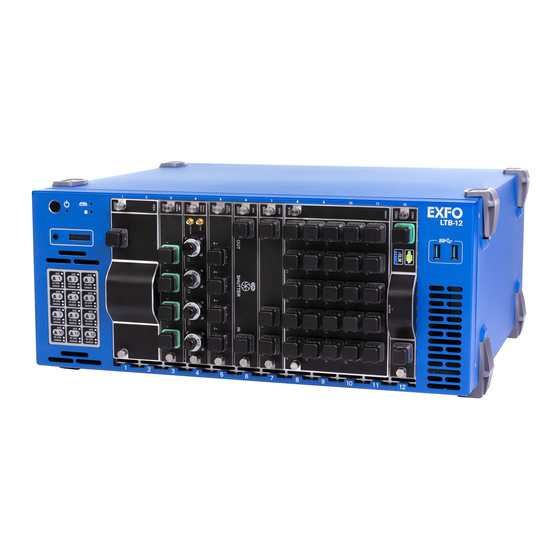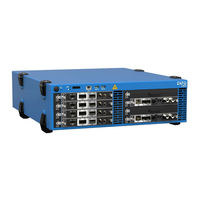
EXFO LTB-12 Manuals
Manuals and User Guides for EXFO LTB-12. We have 3 EXFO LTB-12 manuals available for free PDF download: Manual, User Manual, Quick Reference Manual
EXFO LTB-12 Manual (457 pages)
Brand: EXFO
|
Category: Test Equipment
|
Size: 13 MB
Table of Contents
Advertisement
EXFO LTB-12 User Manual (438 pages)
Brand: EXFO
|
Category: Network Hardware
|
Size: 12 MB
Table of Contents
EXFO LTB-12 Quick Reference Manual (2 pages)
Brand: EXFO
|
Category: Measuring Instruments
|
Size: 1 MB
Advertisement
Advertisement


